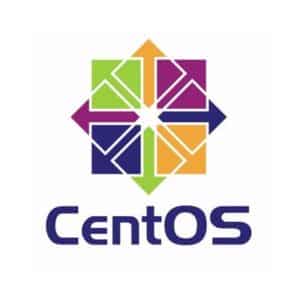The IT world blew up on social media last week after Red Hat, an IBM subsidiary, announced the discontinuation of its CentOS project, the accelerated end-of-support for CentOS 8 and that all future CentOS releases will be replaced by CentOS Stream. This blog discusses the moves by Red Hat and provides some possible alternatives for organizations that were counting on CentOS to continue as a free, stable and secure Linux platform.
What is CentOS and CentOS Stream?
CentOS is one of the major Enterprise Linux Operating Systems in use today, second only to Ubuntu, with roughly 18% of websites that run Linux embracing CentOS. CentOS, which is a downstream branch of Red Hat Enterprise Linux (RHEL), has been embraced by System Administrators, comfortable with a community support model, looking for a free, stable, and secure Linux Operating System for their servers. To put this in perspective, CentOS has roughly a ten times larger website install base compared to Red Hat Enterprise Linux (RHEL).
But Wait, Red Hat Said We Can Use CentOS Stream for Free
CentOS Stream was introduced back in September 2019 concurrent with the release of CentOS 8. Stream is a rolling development branch upstream of RHEL releases providing early access to new features in upcoming versions of RHEL. This is great for software development teams working on applications targeted for a soon to be released minor version of RHEL, or teams looking to announce certification of their application on RHEL concurrent with Red Hat’s release announcement, but for organizations looking for a free, secure, and stable Linux Operating System to run on their sites, it’s a disaster.
What should Software Vendors do? Luckily there Are Some Alternatives
This announcement has caused software vendors to scramble looking for alternatives to replace their CentOS systems they’ve been happily running for years. What are some possible free alternatives?
- Oracle had already positioned its Oracle Linux free offering as “a better alternative to CentOS,” and Red Hat’s announcement may convince a lot of CentOS users to jump to Oracle Linux. This could be a great boon for Oracle Linux visibility which currently has about 2% of the website market share of CentOS.
- Two days following the Red Hat announcement, CloudLinux announced they will be releasing a free, open source, community-supported version of its CloudLinux OS in the first quarter of 2021. Again, a potential boon for CloudLinux visibility which currently has less than a 1% website market share of CentOS.
- In response to the Red Hat announcement, Gregory Kurtzer who co-founded CentOS back in 2004 is building a new Community Enterprise Linux distribution called Rocky Linux. This organization is still in its infancy, but it sure appears that history is repeating itself once again.
Bottom Line
Unless things change, in January 2022 Red Hat will become the only significant commercial Linux distribution that does not provide a free downstream version of their Linux distribution available to their users. If a “free” solution is highly important to your organization, one of the alternatives mentioned above may be a viable replacement for CentOS. Because other Enterprise Linux providers may follow Red Hat’s lead, organizations should evaluate the cost of moving to a paid version of Linux during their budget exercise for the coming year.
Let’s all hope other commercial Linux distribution providers don’t follow Red Hat’s lead.

